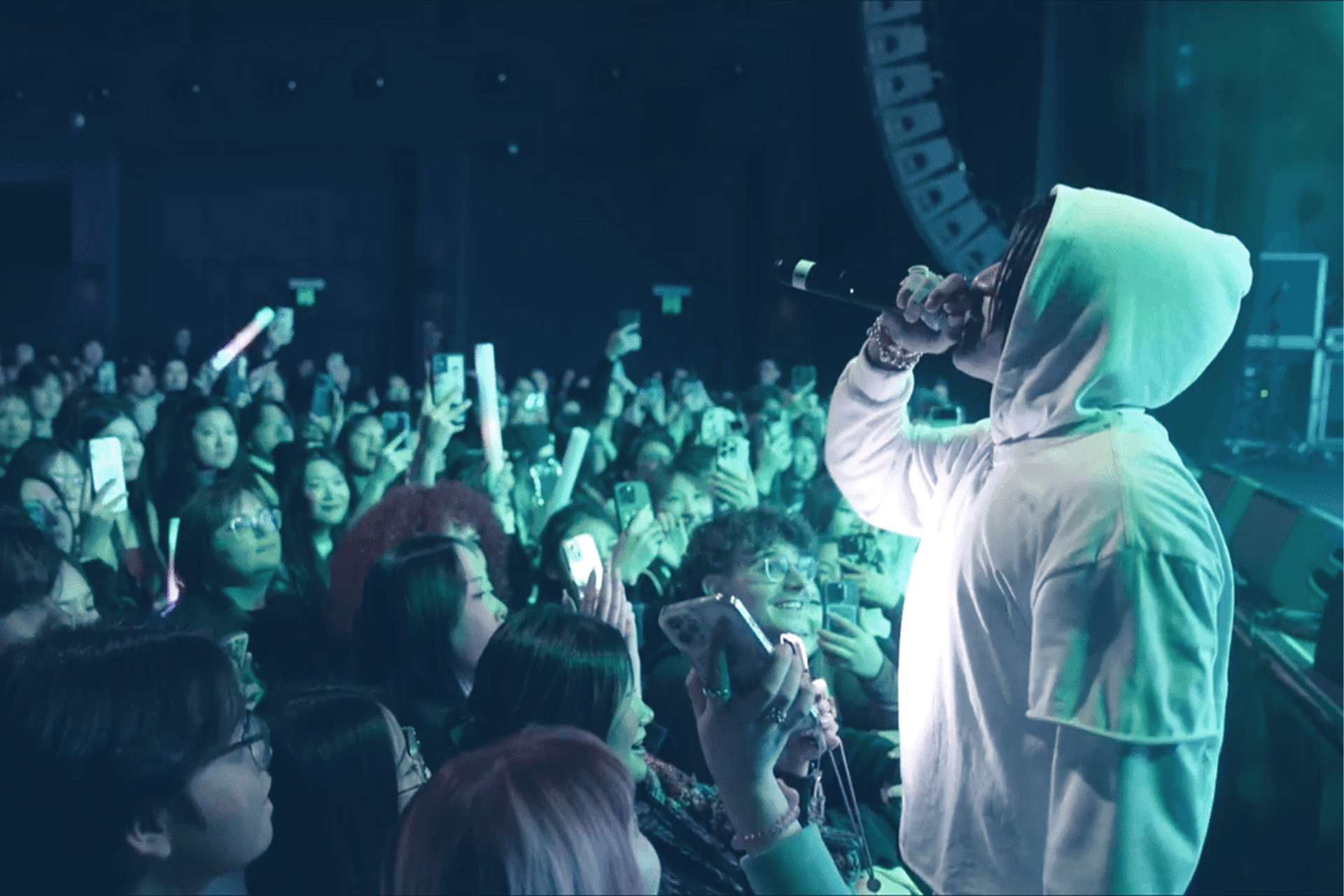How Korean Indie Artists Are Going Mainstream.
|

From street-corner indie cafes to world’s biggest music festivals — this is how Korean alternative scene broke the mold.
While K-Pop idols dominate global charts, a quiet revolution is happening. Korean underground and indie artists are stepping into the spotlight. Once confined to small livehouses in Hongdae or niche Spotify playlists, they now headline festivals and collaborate with mainstream acts. They’re building global fanbases—without the typical idol formula
The Rise of the Indie Sound
In the early 2000s, Korea’s underground scene — made up of lo-fi rock bands, bedroom producers, and jazz collectives — found refuge in venues like Club FF and Rolling Hall. These spaces nurtured experimental genres like shoegaze, city pop revival, lo-fi R&B, and alt hip-hop, far from the polished K-Pop machine.
Artists like Hyukoh, Standing Egg, and 10cm were among the first to break through, proving that raw authenticity could resonate with both domestic and international audiences. Their success opened the door for more genre-defying acts.
Today, platforms like SoundCloud, YouTube, and Bandcamp — combined with Spotify’s curated indie playlists like K-Indie Picks — have become essential launchpads for Korean alt artists.
The “Anti-Idol” Appeal
In a culture built around perfection and polished visuals, underground artists offer something different: vulnerability, experimentation, and individuality. Musicians like Se So Neon, sogumm, and OOHYO are celebrated not just for their sound, but for rejecting conventional beauty standards and embracing creative freedom.
Many young Korean listeners — especially Gen Z — are turning to this scene for music that feels personal, raw, and real. In doing so, the “anti-idol” has become a cultural icon in its own right.
Collaborations & Crossovers with the Mainstream
The line between underground and mainstream is blurring fast. Alternative artists now regularly collaborate with big-label idols. Think: DEAN producing for EXO, or indie R&B singer THAMA working with idols like Baekhyun.
Festivals like DMZ Peace Train, Seoul Jazz Festival, and MU:CON now showcase both K-Pop stars and alternative acts, placing them on the same stage — literally and symbolically.
Even Korean TV shows like “The Seasons” and “Begin Again” have introduced alt artists to a wider audience, signaling a growing hunger for musical diversity.
A Global Fanbase Without the Idol System
One of the most unique aspects of Korea’s alt scene is its organic international growth. Artists like Colde, CIFIKA, and Balming Tiger (whose member Omega Sapien performed at Coachella) have built cult followings overseas without ever training in an idol company.
Their music spreads through word-of-mouth, live sessions, and well-placed syncs in K-dramas or Netflix series. For many fans outside Korea, this underground sound offers a refreshing, genre-fluid counterbalance to K-Pop’s high production polish.
What This Means for the Future of Korean Music
Korea’s musical landscape is more layered than ever. As alternative and underground artists continue to gain visibility, the definition of “K-music” is evolving. It’s no longer just idol groups and viral dance challenges — it’s bedroom beats, jazz-infused ballads, and political punk.

Leave a Reply